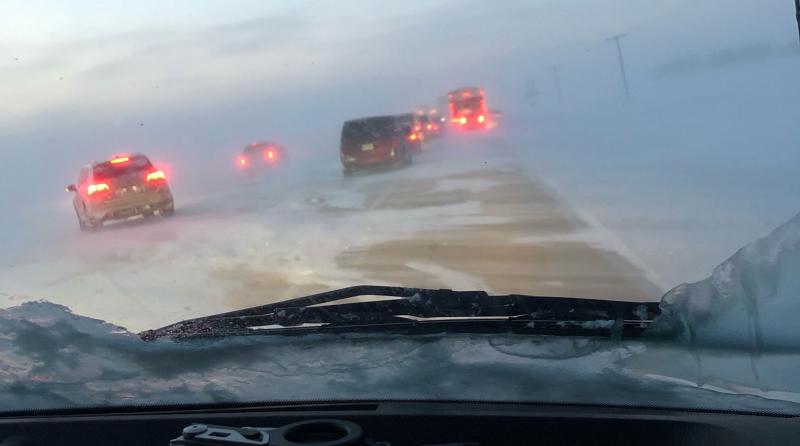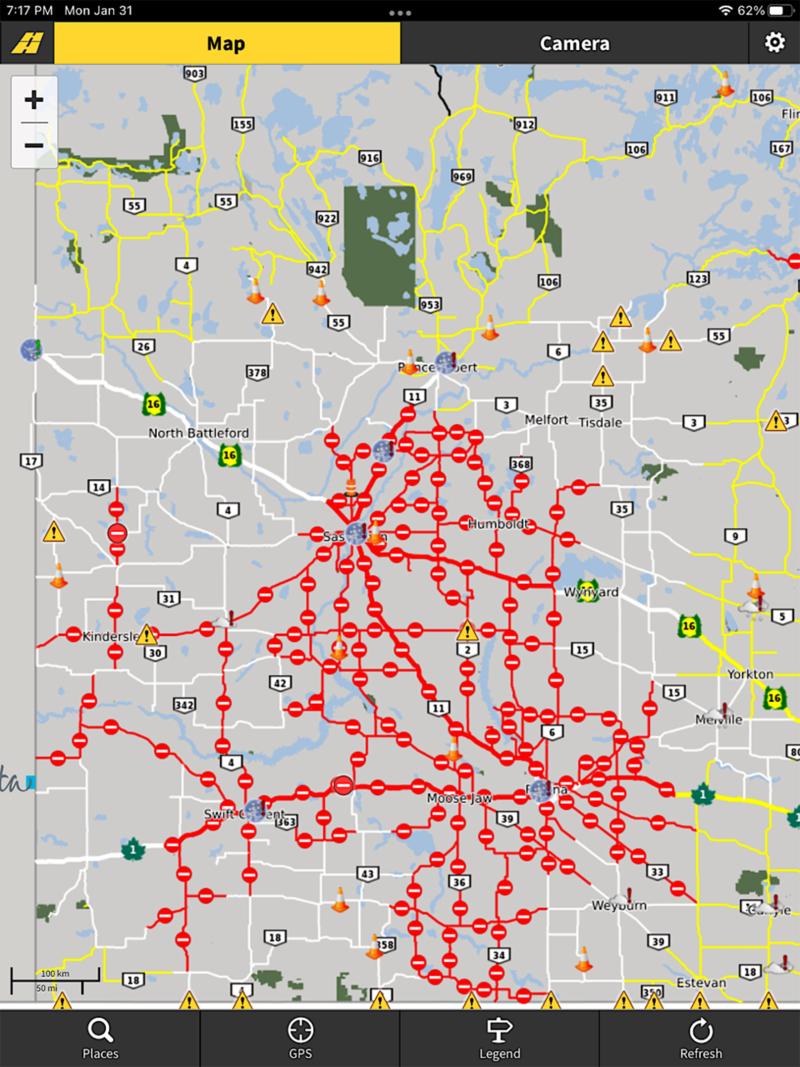Storms intensify risks for EMS teams
The blizzard that slammed much of Saskatchewan on Jan. 31 was a stark reminder of how dangerous the job of a paramedic can be.
“That night was pretty extreme; kind of an anomaly,” said Selena Letain, Emergency Medical Services (EMS) operations manager for the province’s southeast.
The storm closed highways across the central and southern portion of the province, bringing wind gusts of up to 90 km/h, snow, blowing snow and a warning to travellers from Environment Canada that travel was “hazardous.” Both SHA and contracted ambulance service teams experienced a night few will forget.
In one instance, an EMS team called upon a farmer to pull them through snowdrifts with his tractor to get a patient to hospital. In another, an ambulance drove health-care staff to work. In yet another, an EMS team from Estevan spent the night on the shoulder of Highway 6 after they hit white-out conditions. Fortunately for them, and for the handful of other stranded travellers who bunked in with them when their vehicles ran out of gas, they had enough fuel to last the night.
Fire services even got in on the act, transporting patients to hospital in one instance and an EMS team to a call in another.
Letain and Glen Perchie, Saskatchewan Health Authority’s (SHA’s) EMS director for the province’s South, recognize that their teams are under a lot of pressure to attend crash scenes and transport patients during inclement weather, and want to let them know how much they appreciate them.
“I want to say thank you to our teams for doing what they do every day and doing what they have to do to keep the public safe in situations like this,” said Letain. “Sometimes they put their own safety on the line, but I want them to know we take their safety very seriously.”
Perchie offered a few pointers for the public to consider if they absolutely have to hit the road in a storm.
Bring extra sets of warm clothing, including parkas, snow pants, boots, tuques, mitts or gloves, a candle or warming devices, a first aid kit, food and water, and ensure you have a full tank of gas.
If you see emergency lights or flares on the road, slow to 60 km or less to make sure you don’t accidentally hit an ambulance or someone outside of their vehicle.
And most importantly, “really think twice,” he said. “Do you need to go out there on the highway in a blizzard? Because if you do, and you’re in a collision, now you’re putting us at risk if we have to try and come and get you.”




